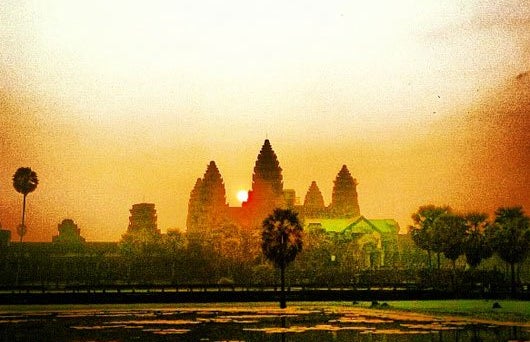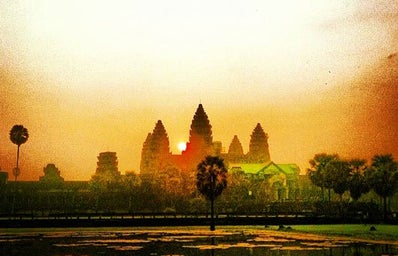A cottage industry for about 1.2 million people, a part of every bridal trousseau, the pride of each who owns it, the majestic Banarasi fabric is associated with the handloom silk industry of the region around Varanasi encompassing Gorakhpur, Chandauli, Bhadohi, Jaunpur, and Azamgarh districts. The earliest mention of the brocade and Zari textiles of Banaras is found in the 19th century. With the migration of silk weavers from Gujarat during the famine of 1603, silk brocade weaving started in Banaras in the 17th century and developed during the 18th and 19th centuries.
During the Mughal period, around the 14th century, weaving of brocades with intricate designs using gold and silver threads became the specialty of Banaras. India with its vibrant and thriving handloom industry flourished in global trade and culture until the British empire swooped in and strategically strangulated the entire nation’s handicraft prowess by setting ridiculously low fabric buying prices, establishing buyers’ monopolies, using brute force on those who refused to sell to the British, laying sky-high taxes and most importantly, introducing cheap machine-made fabrics which replaced those made by hands almost immediately.
Millions of weaver families gradually gave up the art of making Banarasi silk sarees due to the stronghold of power looms, low wages, and a lack of recognition in the textile industry. The modern consumer cannot even begin to imagine the amount of time and hard work that goes into the making of a single Banarasi saree. The saree designs are first created on paper: the pattern is punched into paper, making it look much like Braille. A separate pattern guides each row and hundreds of such patterns (naksha patras) are created for a single saree. It is essentially these patras that give you everything from floral motifs to jali work and more. Based on these patras the dyed silk and zari threads are wound into the handloom, to create the desired patterns. Ideally, a Banarasi saree has around 5600 thread wires and all are 45 inches wide. Flattened thin metallic strips are then drawn from gold alloys. These delicate strips are then wound around silk yarn one by one. The threads are then flattened using machines. Often they are passed through a brightener to increase their sheen. While motifs are crafted out of zari threads, the rest of the saree is usually made of silk that is dyed in a variety of colors. Given the effort, the sarees often come with a hefty price tag, which many consumers find hard to accept. Sarees produced on handlooms can take anywhere from 15 days to a month, sometimes up to six months and when the artists aren’t duly recognized, the art dies.
While the 7th of August is noted as the national handloom day, there is nothing else that the country seems to be providing for its artists who struggle with poverty day after day. Sure, there are monetary schemes for the weavers, but these arrangements are in place solely to ensure their survival, not the prosperity and respect they deserve. There is, however, so much that can be done to support the nation’s artists. Actress Anushka Sharma did her part when she wore a traditional red Banarasi saree at her wedding reception back in 2017. The demand for handmade Banarasi sarees boomed the night after. Huge designer labels like Sabyasachi now collaborate with weavers directly who design traditional clothing for them, thus eliminating the notorious middlemen and securing for the weavers both livelihood and respect. The common man must realize the importance of choosing handmade clothes over machine-made ones. They signify a nation’s, a culture’s, a family’s legacy. And imagine what would it be like to be clad in clothing, just made for you. Royal, isn’t it?


